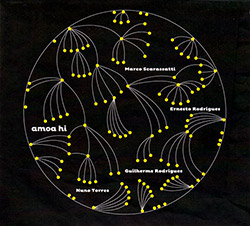
Titled for the Amazonas Indians, Brazilian sound sculptor Marco Scarassatti performs on his self-made instrument the Kraiser in a quartet with Creative Sources regulars Ernesto Rodrigues, Guilherme Rodrigues, and Nuno Torres for a dream-like set of improvisations named with indigenous expressions, blending neoprimitivism with creative acoustic improvisation.
In Stock
Quantity in Basket: None
Log In to use our Wish List
Shipping Weight: 3.00 units
EU & UK Customers:
Discogs.com can handle your VAT payments
So please order through Discogs
Sample The Album:
Marco Scarassatti-self made instruments
Ernesto Rodrigues-viola
Guilherme Rodrigues-cello, pocket trumpet
Nuno Torres-alto saxophone
Click an artist name above to see in-stock items for that artist.
UPC: 5609063403671
Label: Creative Sources
Catalog ID: cs367
Squidco Product Code: 23875
Format: CD
Condition: New
Released: 2016
Country: Portugal
Packaging: Cardboard Gatefold
Recorded at Scratch Built Studio, Lisbon, Portugual, on March 26th, 2016, by John Klima.
"It is with Portuguese musicians that the improviser and inventor of "sound sculptures", as he calls them, Marco Scarassatti signs his work closer to the indigenous mystic of Brazil, and if amoa hi does not reproduce the music of the Amazonas Indians properly, he adopts The spirit of this in a brilliant way.
With a strong imagery - it could act as the soundtrack of an ethnographic film or, better still, fiction - the six themes (all improvisations) assembled not only have autochthonous expressions (examples are "ayokora", "roro konari "Or" remoremo moxi ") as they induce us images of the deep forest," delivering "them with an aura of mystery and a dream character that leads us to want to stop everything we are doing to let ourselves be carried around this world Very own acoustic.
It is immediately clear that if the names of Ernesto Rodrigues, Guilherme Rodrigues and Nuno Torres appear alongside that of Scarassati on the beautiful cover (by Carlos Santos), this is, above all, an album by the artist based in Belo Horizonte. The coordinates derive from the reductionist tendency of improvisation, as this gives priority to the timbres and the textures, but the permanent agitation distinguishes the proposal of everything that was done on the "near silence" flag.
In terms of aesthetic affiliation, it will have more to do with the approaches of a Hugh Davies, one of the major references of musical creation with new instruments, in his association with musicians who used conventional instruments with extensive techniques and alternative vocabularies. But there is something more that is said to him, and this is the essential thing here: a kind of neoprimitivism that tries to return to the origin of the organization of the sounds to propose another way than the one taken by the western music. Sublime moments await you."- Rui Eduardo Paes, Jazz.pt

The Squid's Ear!
Artist Biographies
• Show Bio for Marco Scarassatti "Composer graduated by Universidade Estadual de Campinas - Unicamp, where have had the following professors: Livio Tragtenberg; Almeida Prado; J.A.Mannis. Also were student of composer Florivaldo Menezes in Winter Festival of Campos de Jordão 1994, Brasil. Master in Multimeans, also by Unicamp, has researched the creative process of composer Walter Smetak, builder of hybrids objects that join plasticity and sonorous production. In Process of achieving Doctor Degree by Faculdade de Educação da Universidade Estadual de Campinas - Unicamp, researching alquemic representations in music and preparing publishing of "Smetak e Suas Plásticas Sonoras". Cineast self-didactic, its short "A Terra do Silêncio" won 12 awards in 2002 and 2003. At present, develops research, creation, and build of sonorous sculptures and environment, besides working as University Professor. Trustee of exposition "Paisagens Plásticas e Sonoras", that got together works of several composers, that in searching new sonorities came to new forms of conventional musical instruments. In this exposition, have participated: Tom Zé, Livio Tragtenberg, Wilson Sukorski, Chelpa Ferro, Marco Guimarães, Fernando Sardo, Paulo Nenflídio, Carusto Camargo, Marcelo Petraglia, besides the participation of 14 Sonorous Plastics of Walter Smetak, and for the first time in Brasil, the work of French brothers - Bernard and François Baschet. (Mostra Sesc de Artes/ 2005 - Sesc Pinheiros Brasil) " ^ Hide Bio for Marco Scarassatti • Show Bio for Ernesto Rodrigues "He has been playing the violin for 30 years and in that time has played all genres of music ranging from contemporary music to free jazz and improvised music, live and in the studio. His main interest shifted towards contemporary improvised and composed music. The relationship with his instruments is focused in sonic and textural elements. Electronic music was an early influence on his approach to violin playing, which challenges traditional romantic concepts of the violin/viola through use of preparations and micro tuning. Active in different settings on the Portuguese scene for free improvised music, both as a collaborator and in leading his own groups. Music for Dance, Cinema, Video and Performance. Has created the record label Creative Sources Recordings in 1999, which mainly concentrates on releasing experimental and electro-acoustic music." ^ Hide Bio for Ernesto Rodrigues • Show Bio for Guilherme Rodrigues "Was born 1988 in Lisboa, Portugal and started playing cello and trumpet at Orquestra Metropolitana de Lisboa at the age of 7. In 1999 joined Conservatório Nacional de Música de Lisboa to study classical and music theory and in the current year recorded his first album - Multiples - with Ernesto Rodrigues and José Oliveira out on Creative Sources Recordings. Apart from work in music ensembles ranging for contemporary classical to free improvisation, also works with live music poetry, theatre and film-music. After lengthy residency in Lisboa, (1988-2016) moved to Berlin and has been active as composer and improviser in the scene. Worked with some international and renewed artists like Ernesto Rodrigues, Jean-luc Guionnet, Margarida Garcia, Manuel Mota, Alfredo Costa Monteiro, Sei Miguel, Tim Goldie, Jeffrey Morgan, Oren Marshall, Gerhard Uebele, Klaus Kurvers, Gabriel Paiuk, Nicolas Field, Jaime Fennelly, Blaise Siwula, Will Guthrie, Pawel Grabowski, Michael Thieke, Wade Matthews, Leonel Kaplan, Diego Chamy, Gabriel Paiuk, Barry Weisblat, Joe Giardullo, Jassem Hindi, Tisha Mukarji, Masahiko Okura, Taku Unami, Toshihiro Koike, Sharif Sehnaoui, Christine Abdelnour, Alexandre Bellenger, Carlos Zingaro, Romaric Sobac, Nuno Rebelo, Nuno Torres, Naoto Yamagashi, Heddy Boubaker, Gerhard Uebele, Guillermo Torres, Tomas Gris, Carlos Santos, Bruno Parrinha, Miguel Leiria Pereira, Miguel Ivo Cruz, Alberto Cirera, Nuno Morão, Mark Sanders, Dennis Gonzaléz, Alípio Carvalho Neto, Raymond Macdonald, Neil Davidson, David Stachenas, Lisa Ullén, D'incise, Cyril Bondy, Miguel Mira, Rodrigo Amado, Abdul Moimême, Monsieur Trinité, João Madeira, Álvaro Rosso, Gil Gonçalves, Marian Yanchyk, Filipe Passos, Rodrigo Pinheiro, Christian Wolfarth, Thanos Chrysakis, Bechir Saade, Kurt Liedwart, Miguel A. Garcia, Ilia Belorukov, Andrew Lafkas, Gao Jiafeng, Eric Wong, Johan Moir, Casey Moir, Magda Mayas, Matthias Muller, Alexander Frangenheim ... Has performed and toured in all Europe. Released more than 30 albums of his own projects." ^ Hide Bio for Guilherme Rodrigues • Show Bio for Nuno Torres "Studied alto saxophone within a jazz tradition spectrum. His continuous solo experimental research explores a wide scope of sound material through the use of the extended technics. Participates in several ensembles of improvisational music, electro acoustics and reductionism. Collaborates with musicians such as, Ernesto Rodrigues, Ricardo Jacinto, Sei Miguel, Fala Mariam, João Castro Pinto, Rafael Toral, Manuel Mota, David Stackenäs, Travassos, Paulo Raposo, Carlos Santos, Shiori Usui, C. Spencer Yeh, Cyril Bondi and d'incise, and developed projects as CACTO and PinkDraft, In the recent years has been also collaborating in several different projects at the intersection of the performative areas of dance, theatre and the visual arts (PARQUE, Les Voisins, Eye Height, Adriana Sá, Beatriz Cantinho). Participates and curates experimental and community radio initiatives." ^ Hide Bio for Nuno Torres
7/9/2025
Have a better biography or biography source? Please Contact Us so that we can update this biography.
7/9/2025
Have a better biography or biography source? Please Contact Us so that we can update this biography.
7/9/2025
Have a better biography or biography source? Please Contact Us so that we can update this biography.
7/9/2025
Have a better biography or biography source? Please Contact Us so that we can update this biography.
Track Listing:
1. Omama 9:17
2. Yorixiama 8:15
3. Ayokora 10:55
4. Sitipari Si 5:06
5. Roro Konari 13:08
6. Remoremo Moxi 9:04
Creative Sources
Improvised Music
Free Improvisation
European Improvisation, Composition and Experimental Forms
Quartet Recordings
lowercase, reductionist, micro-improv, sound improv, onkyo sound
Staff Picks & Recommended Items
Search for other titles on the label:
Creative Sources.

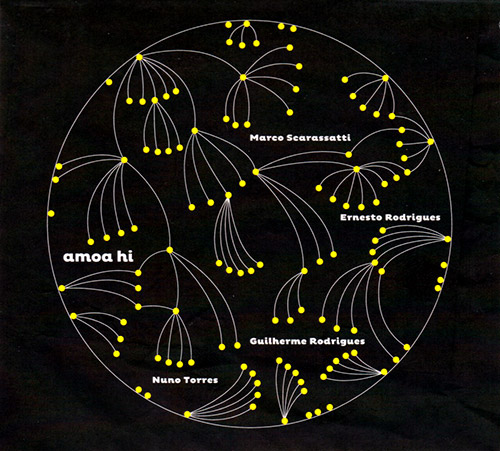
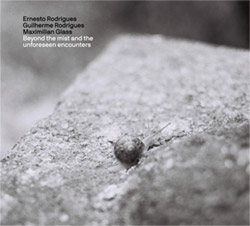
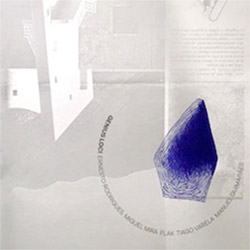
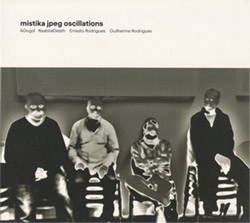
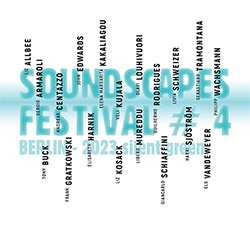
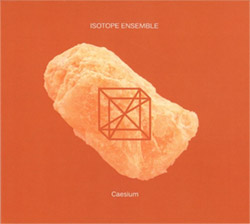
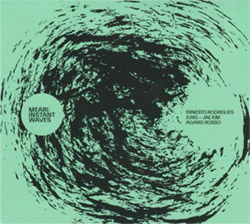
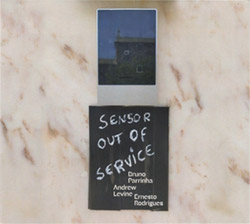
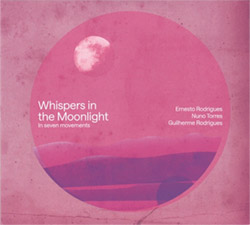
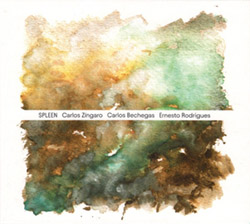
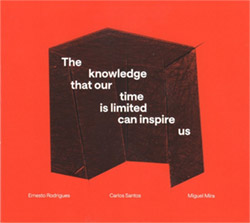
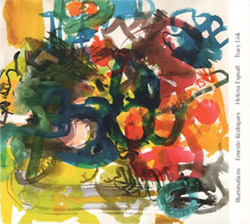
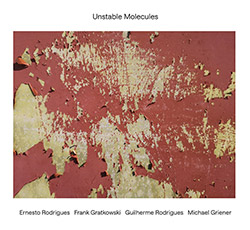
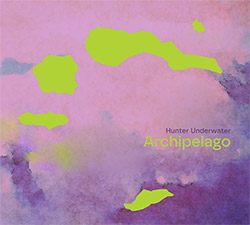
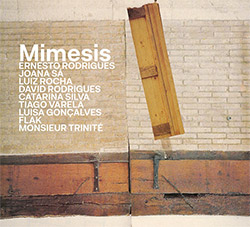
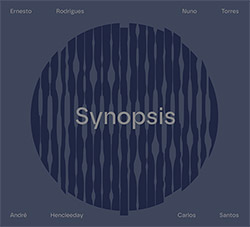
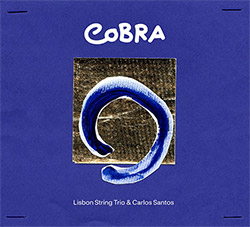
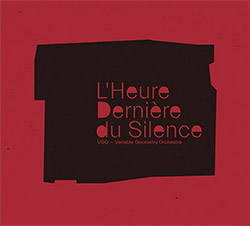
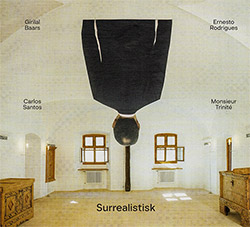
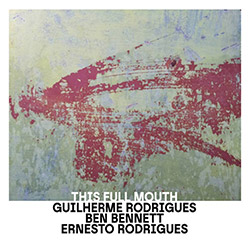
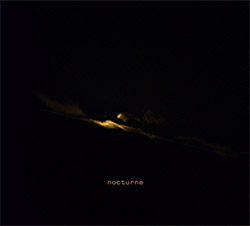
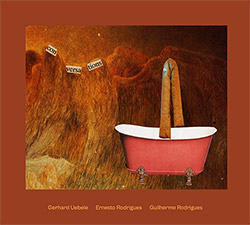
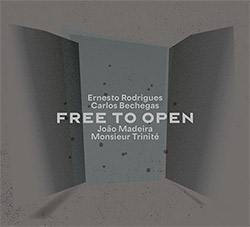
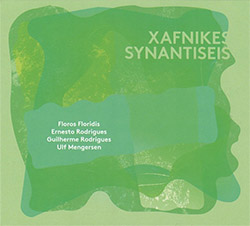
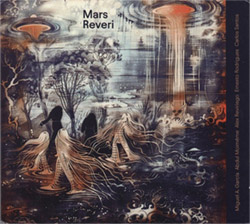
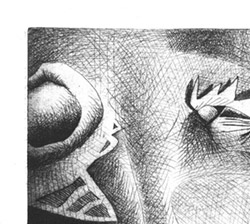
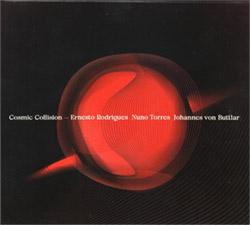


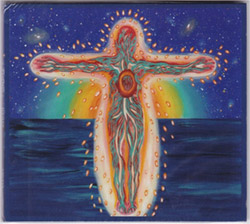

![BlueRing Improvisers: Materia [2 CDs]](https://www.teuthida.com/productImages/misc4/36513.jpg)
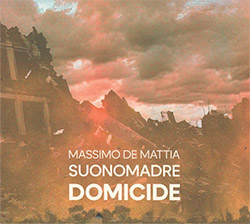
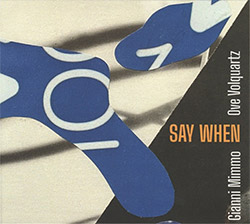
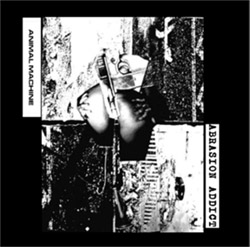
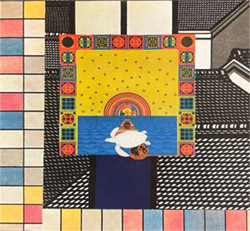
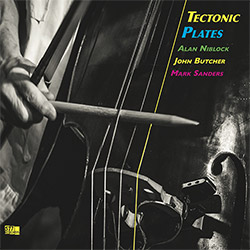
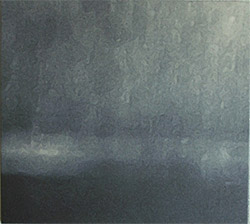


![Wheelhouse (Rempis / Adasiewicz / McBride): House And Home [VINYL]](https://www.teuthida.com/productImages/misc4/36462.jpg)
![+DOG+: The Light Of Our Lives [2 CDs]](https://www.teuthida.com/productImages/misc4/36009.jpg)

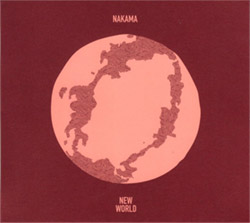
![Parker, Evan / Jean-Marc Foussat: Insolence [VINYL]](https://www.teuthida.com/productImages/misc4/36398.jpg)
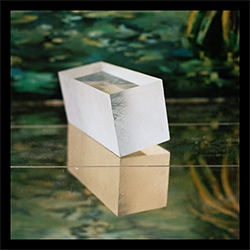
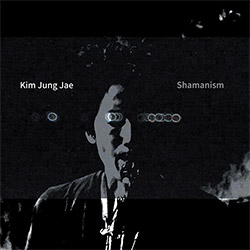
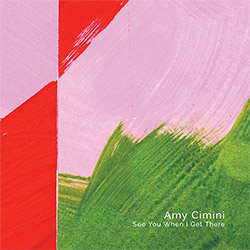
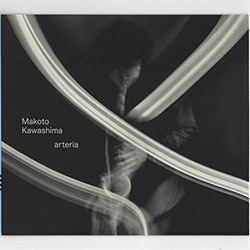
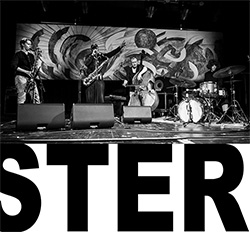
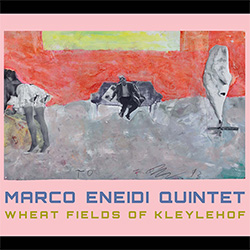
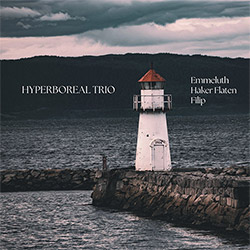
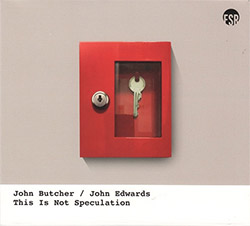
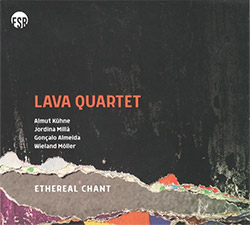
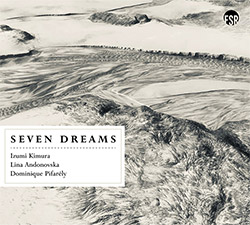
![Deupree, Jerome / Sylvie Courvoisier / Lester St. Louis / Joe Morris: Canyon [2 CDs]](https://www.teuthida.com/productImages/misc4/36404.jpg)
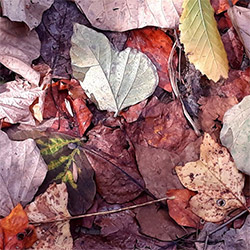
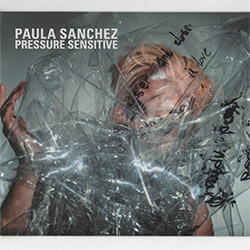
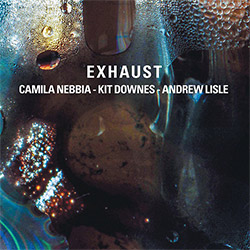
![Eventless Plot | Haarvol: The Subliminal Paths [CASSETTE + DOWNLOAD]](https://www.teuthida.com/productImages/misc4/36232.jpg)
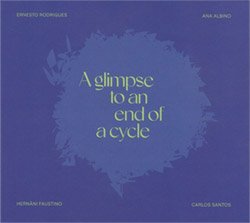
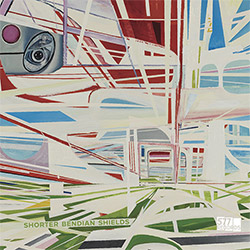
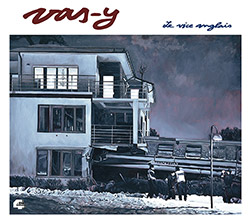
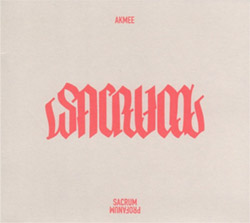

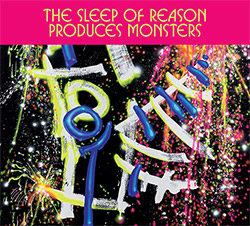
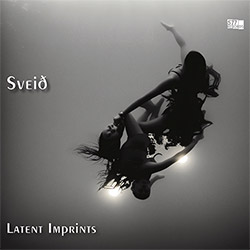
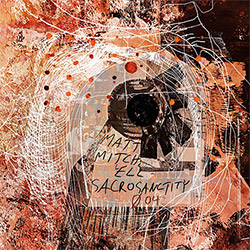
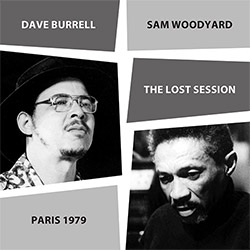
![Eventless Plot | Francesco Covarino: Methexis [CASSETTE + DOWNLOAD]](https://www.teuthida.com/productImages/misc4/36231.jpg)
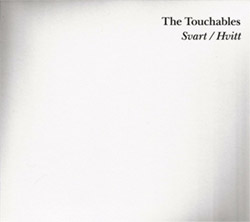

![Das B (Mazen Kerbaj / Mike Majkowski / Magda Mayas / Tony Buck): Love [VINYL]](https://www.teuthida.com/productImages/misc4/36329.jpg)
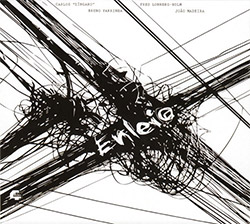
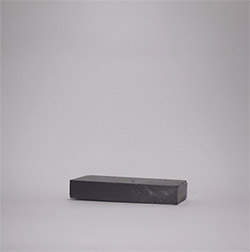
![Eternities: Rides Again [CASSETTE]](https://www.teuthida.com/productImages/misc4/36247.jpg)
![Lopez, Francisco: Untitled (2021-2022) [2 CDs]](https://www.teuthida.com/productImages/misc4/36438.jpg)
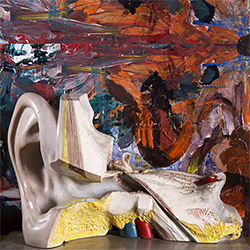
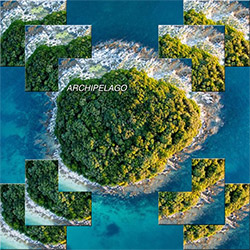
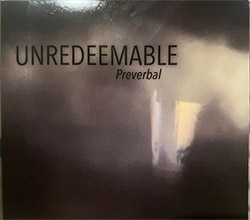
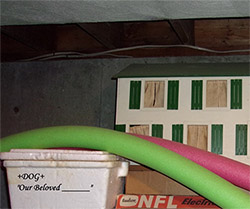
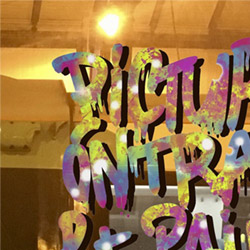
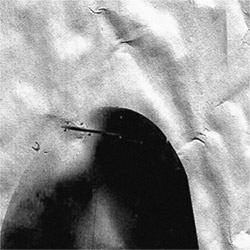
![Money : Money 2 [2 CDs]](https://www.teuthida.com/productImages/misc4/35894.jpg)
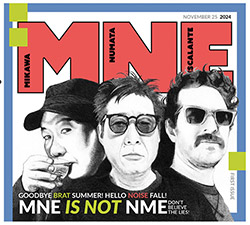
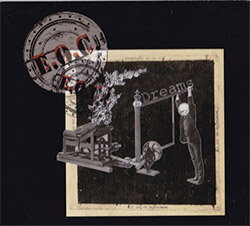
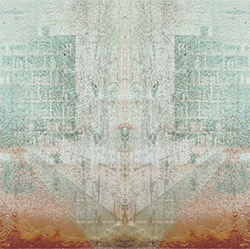
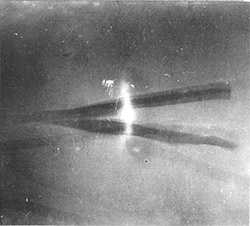
![Klinga, Erik: Elusive Shimmer [VINYL]](https://www.teuthida.com/productImages/misc4/36258.jpg)
![CHANGES TO blind (Phil Zampino): Volume 9 - I Wave on a Fine Vile Mist [CD + DOWNLOAD]](https://www.teuthida.com/productImages/misc4/36061.jpg)

![Wallmart / Rubbish: Asset Protection [split CD]](https://www.teuthida.com/productImages/misc4/35900.jpg)
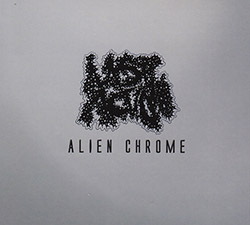
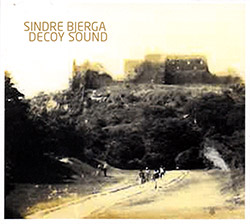
![+Dog+: The Family Music Book Vol. 5 [2 CDs]](https://www.teuthida.com/productImages/misc4/35897.jpg)
![Kuvveti, Deli : Kuslar Soyledi [CASSETTE w/ DOWNLOAD]](https://www.teuthida.com/productImages/misc4/36107.jpg)

![Brown, Dan / Dan Reynolds: Live At The Grange Hall [unauthorized][CASSETTE]](https://www.teuthida.com/productImages/misc4/36245.jpg)
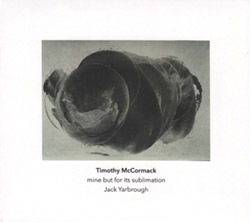
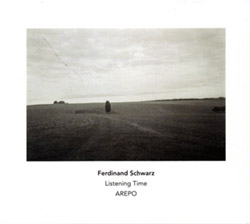
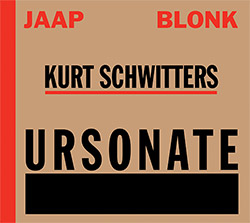
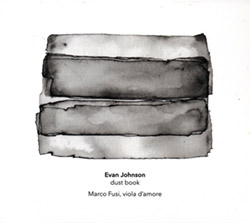
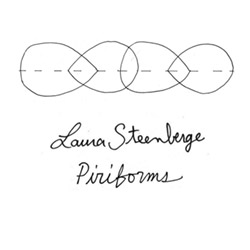

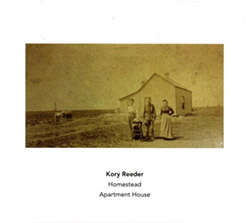
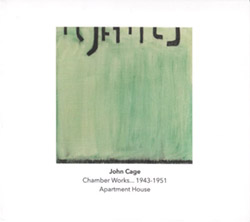
![Palestine, Charlemagne / Seppe Gebruers: Beyondddddd The Notessssss [VINYL]](https://www.teuthida.com/productImages/misc4/36206.jpg)
![Palestine, Charlemagne / Seppe Gebruers: Beyondddddd The Notessssss [NEON GREEN VINYL]](https://www.teuthida.com/productImages/misc4/36207.jpg)
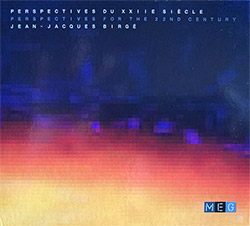
![Laubrock, Ingrid: Purposing The Air [2 CDs]](https://www.teuthida.com/productImages/misc4/35639.jpg)
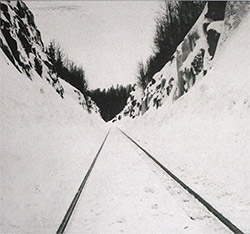
![Yoko, Ono / The Great Learning Orchestra: Selected Recordings From Grapefruit [2 CDs]](https://www.teuthida.com/productImages/misc4/35841.jpg)
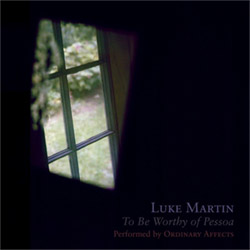
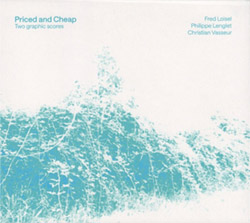
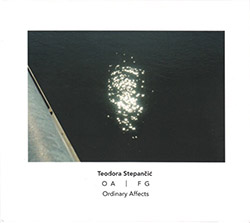
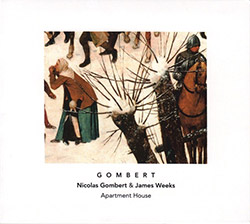
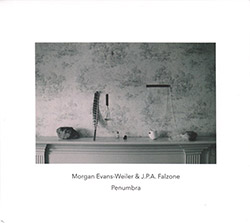
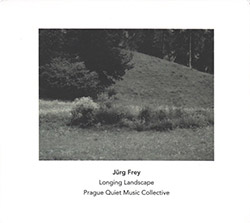
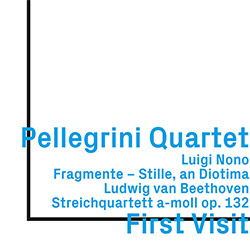
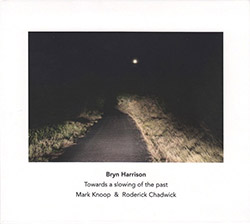
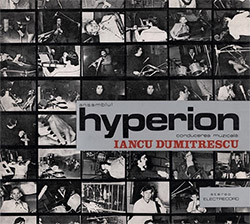
![Zorn, John / JACK Quartet: The Complete String Quartets [2 CDs]](https://www.teuthida.com/productImages/misc4/35609.jpg)
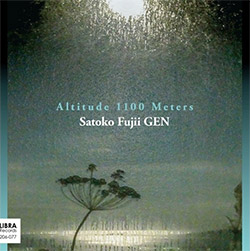
![Lonsdale, Eden: Dawnings [2 CDs]](https://www.teuthida.com/productImages/misc4/35480.jpg)

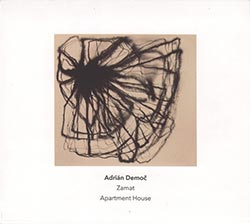
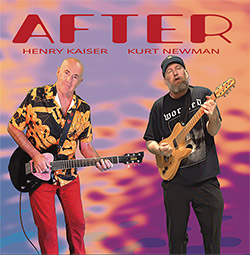
![Sorry For Laughing (G. Whitlow / M. Bates / Dave-Id / E. Ka-Spel): Rain Flowers [2 CDS]](https://www.teuthida.com/productImages/misc4/35985.jpg)
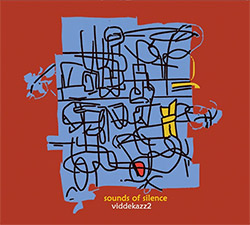
![Rolando, Tommaso / Andy Moor : Biscotti [CASSETTE w/ DOWNLOADS]](https://www.teuthida.com/productImages/misc4/36106.jpg)
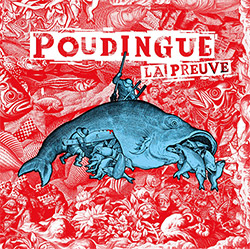
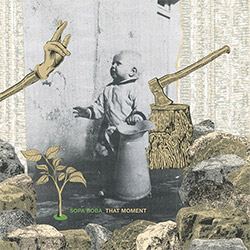
![Electric Bird Noise / Derek Roddy: 8-10-22 [CD EP]](https://www.teuthida.com/productImages/misc4/35970.jpg)
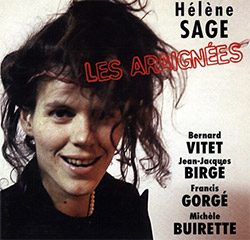

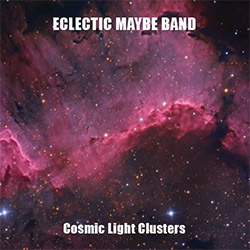
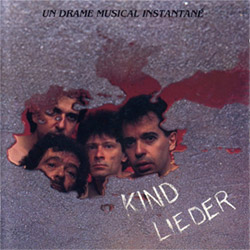
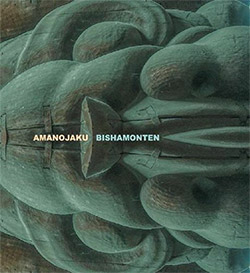
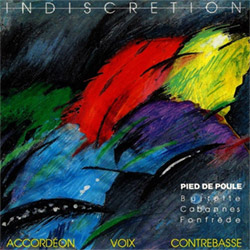
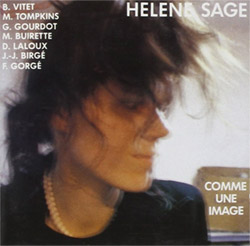
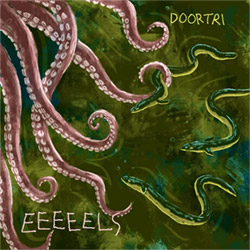
![Elephant9 : Mythical River [VINYL]](https://www.teuthida.com/productImages/misc4/34624.jpg)
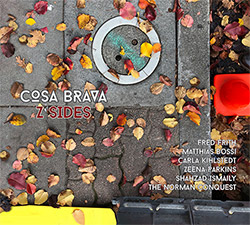
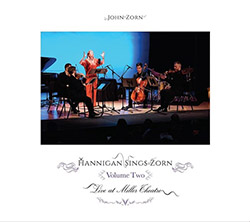
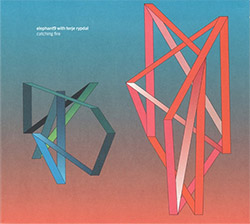
![Elephant9 with Terje Rypdal: Catching Fire [VINYL 2 LPs]](https://www.teuthida.com/productImages/misc4/35355.jpg)
![Deerlady (Obomsawin, Mali / Magdalena Abrego): Greatest Hits [VINYL]](https://www.teuthida.com/productImages/misc4/34876.jpg)
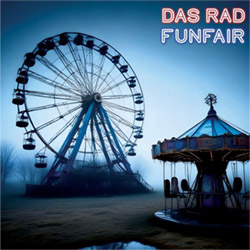
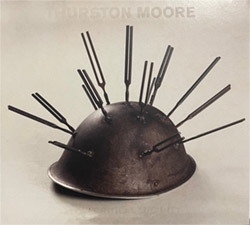
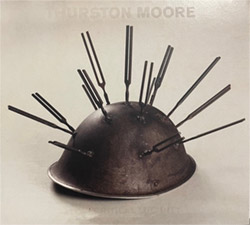
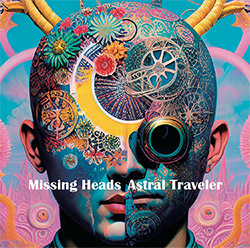
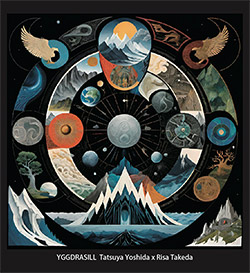
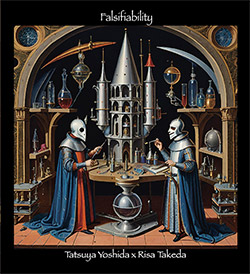
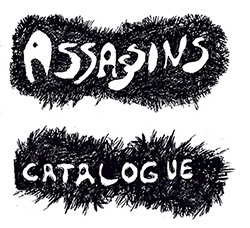
![Surplus 1980: Illusion of Consistency [CD]](https://www.teuthida.com/productImages/misc4/35069.jpg)
![Staiano, Moe: Away Towards the Light [VINYL + DOWNLOAD]](https://www.teuthida.com/productImages/misc4/35037.jpg)
![Coley, Byron: Dating Tips for Touring Bands [VINYL]](https://www.teuthida.com/productImages/misc4/17906.jpg)
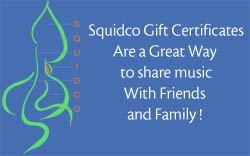
![Lost Kisses: My Life is Sad & Funny [DVD]](https://www.teuthida.com/productImages/misc4/lostKissesDVD.jpg)